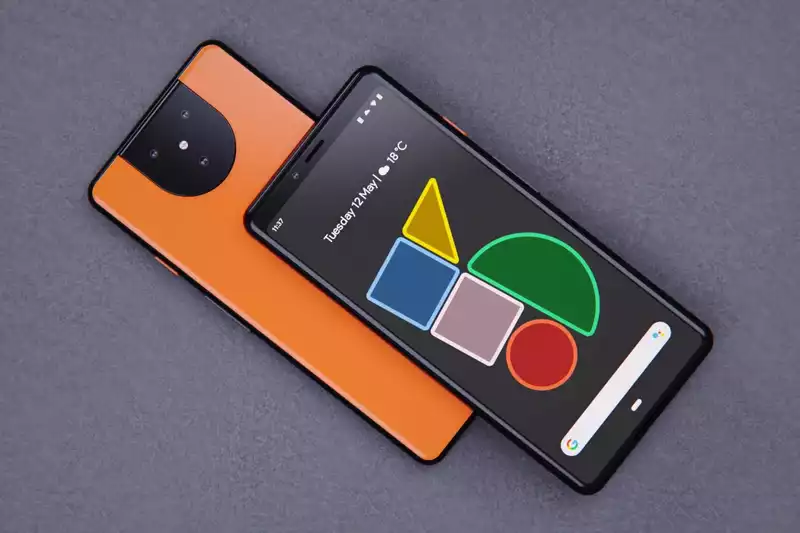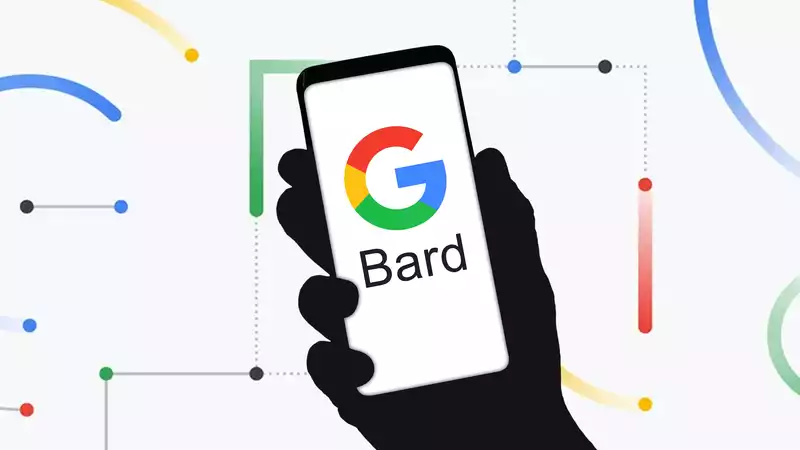Google's Pixel 4 and Pixel 4 XL are thoroughly solid phones with excellent photography technology. However, the bezel-heavy design, mediocre battery life, and inconsistent 90 Hz display leave much to be desired.
The Pixel5 may fix that and set the standard for Google to follow with other Pixel phones. However, it is a bit difficult to get a solid picture of what the next Pixel will look like from the leaks so far.
We expect the Pixel 5 to use the non-flagship Qualcomm Snapdragon chipset and retain most of the key features of the Pixel 4 while ditching certain features such as the squeezable Active Edge aspect. However, there are still gaps in our unofficial knowledge of what the Pixel 5 will carry. So here are the five biggest unanswered questions about the Pixel 5.
We have yet to hear any whispers or leaks that give us a hint as to how much the Pixel 5 will cost; the Pixel 4 starts at $799, which puts it in the flagship phone price range, while the Pixel 4 XL is slightly more expensive at $899.
Logically, the Pixel 5 will follow suit. However, it will be powered by the mid-range Qualcomm Snapdragon chipset, rather than the high-end Snapdragon 8 series chips found in the OnePlus 8 Pro and other devices.
The less powerful chips mean that Google's Pixel 5 will be less expensive to manufacture, which could result in a cheaper phone. As such, it could well be several hundred dollars cheaper than its predecessor, and might even settle around $500.
A well-priced Pixel phone could undercut the Galaxy S20 and iPhone 11. And Google has already proven with the Pixel 3a that it can offer an attractive and affordable Pixel phone. But we will likely have to wait until later this year to learn the price of the Pixel 5.
Last year Google tweeted photos of the Pixel 4's back and camera module months before both models were announced. However, Google has not done the same for the Pixel 5.
In fact, few leaks have hinted at the Pixel 5's design. So far, all we have seen are concept renderings that look like riffs on the Pixel 4 design rather than anything particularly new.
Given that Google has evolved the Pixel design from each generation, we expect the Pixel 5 to look a bit different from the renderings we have seen so far. We expect that Google may take a cue from Samsung design books like the Galaxy S20, trim the bezels on the Pixel 5, and possibly utilize a punch-hole selfie camera, as we expect to see on the Pixel 4a.
That said, it is very likely that there will not be a Pixel 4a XL. Therefore, it is quite possible that Google will cut this large device from the Pixel 5 lineup.
Pixel phones have often included standout features that few other Android phones have, effectively setting the standard for other phones to follow. For example, the first generation Pixel featured the extremely fast and reliable Pixel fingerprint sensor, Google Assistant, and showed what could be done with a single camera module.
The Pixel 2 built on that, and both models had active-edge squeezable sides that could activate the Google Assistant. And the Pixel 3 and Pixel 3 XL had dual selfie cameras, which were quite effective. The rear camera was also markedly improved, giving smartphone photography an edge over other phones with multiple rear cameras.
A standout feature of the Pixel 4 was the Soli radar chip, which allowed the phone to be unlocked very quickly using secure facial recognition and gesture control. These features did not transform the way the phone was used. But it was still an interesting and very high-tech feature that made Google's flagship model unique. Unfortunately for MotionSense fans, there are rumors that the Pixel 5 will not include this feature.
As of now, there are no hints of any notable features that might be included in the Pixel 5. By adopting a non-flagship chip, it is possible that Google is shifting its focus from a technical approach to the Pixel series to making a more affordable, decently featured phone with the essence of Android as Google describes it.
For three generations, Pixel phones have come with a single rear camera and have relied on Google's software wizardry to provide the best smartphone photography. But what a single lens can do seemed limited, so Google added a dual rear camera array to the Pixel 4.
However, these two cameras consisted of a 12.2MP primary camera and a 16MP telephoto camera with 2x optical zoom. While a zoom lens would be nice to have, it is not considered useful by many.
Therefore, Google may replace the telephoto lens with a wide-angle lens or add a third camera to the mix that would be comparable to the iPhone 11 Pro or Galaxy S20 Plus. However, this is all speculation, as there are no leaks or hints about the camera setup that the Pixel 5 might feature.
Pixel phones have always excelled in phone photography and we are eager to hear more as we want to see what Google does next.
The battery is the least interesting part of a smartphone, but perhaps one of the most important. But we haven't heard a peep about whether the Pixel 5 will improve battery life.
The Pixel 4's 2,800 mAh is quite disappointing, lasting only 8 hours and 3 minutes in our battery tests. The 3,700 mAh battery pack in the Pixel 4 XL was also rather disappointing for a phone of this size, with the battery lasting only 9 hours and 42 minutes.
In other words, both Pixel 4 devices did not reach the 11+ hours needed to make our best smartphone battery life list. We expect Google to improve in this regard with the Pixel 5.
We also hope that Google will optimize Android a bit more to improve the battery life of the phone. After all, Google has artificial intelligence research to address the problem of poor battery life.
These are the five things we want to know about the Pixel 5. As the year progresses, we will no doubt see more clues as to what Google's next Pixel phone will feature.
.









Comments